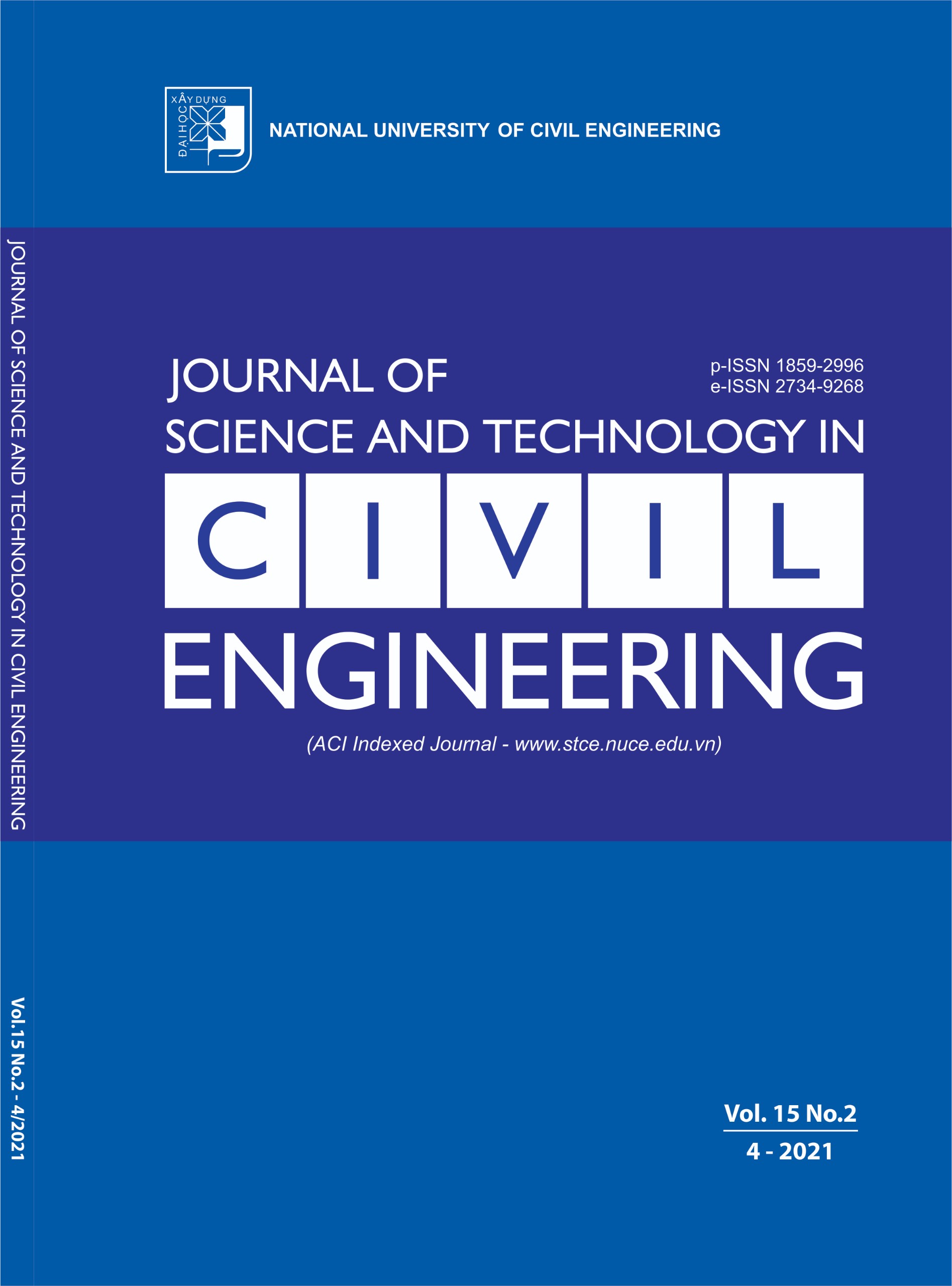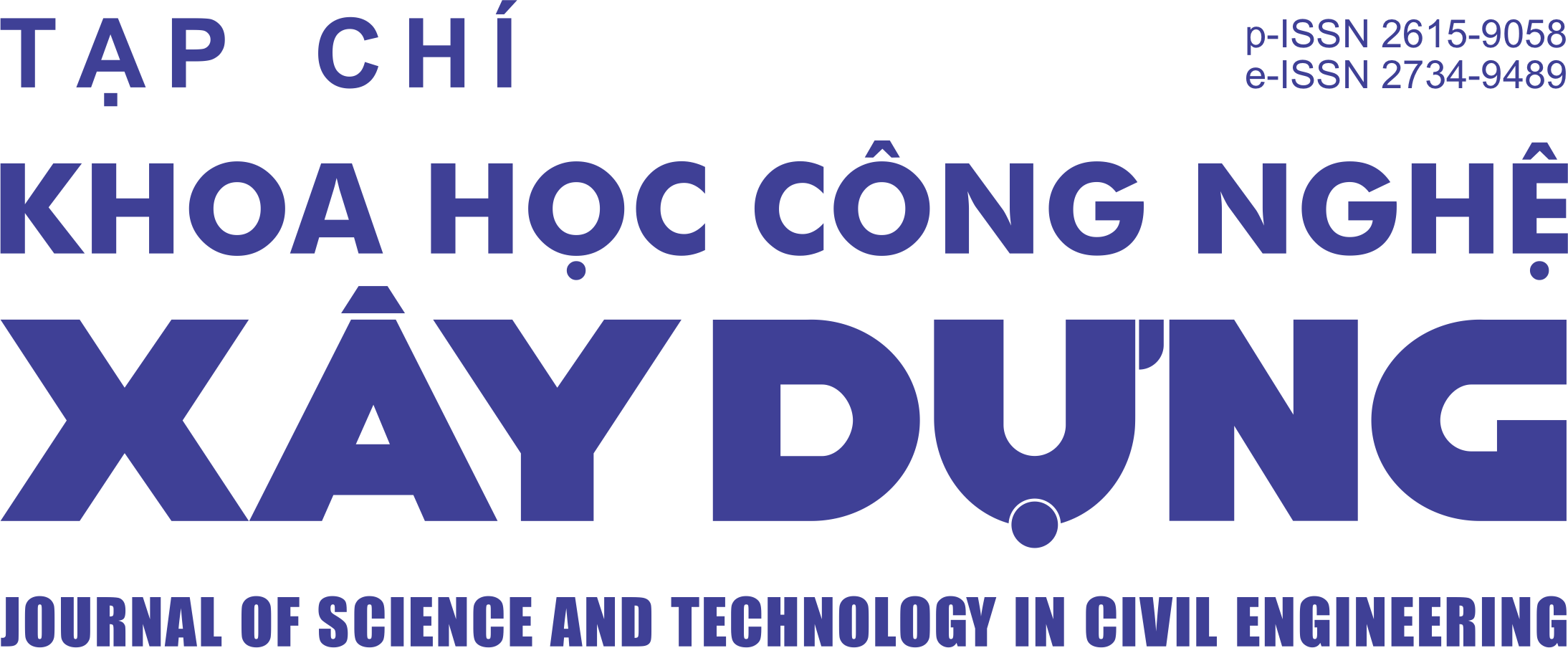Numerical analysis of seismic behavior of square concrete filled steel tubular columns
Abstract
This paper presents a numerical analysis of the seismic behavior of square concrete filled steel tubular (CFST) columns. Finite element analysis (FEA) models in ABAQUS software were used to simulate a series of columns subjected to axial compression and cyclic lateral loading. The CFST columns were simulated using nonlinear tri-dimensional (3-D) finite elements for the infilled concrete, and nonlinear two-dimensional (2-D) finite elements for the steel tube. The feasibility of the FEA model has been validated by published experimental results. The validated FEA model was further extended to conduct parametric studies with various parameters including axial load level (n), width-to-thickness ratio of steel tube (B/t), and concrete strength. The numerical analysis results reveal that with the same B/t and constitute materials, the higher the axial compression, the lower the shear strength and deformation capacity were. The thicker steel wall (B/t = 21) resulted in higher strength and larger deformation capacity of the column. Increasing concrete strength helped to significantly develop the column’s shear strength in all cases. Meanwhile, it just led to an increase in deformation capacity in some cases depending on n and B/t. This study also reveals that the square CFST columns with B/t of 21 satisfy the seismic performance demand in high seismic zones (ultimate interstory drift ratio (IDRu) not less than 3% radian) under the two axial load levels, 0.35 and 0.45, but the columns with B/t of 28 satisfy the above demand under just one axial load level of 0.35.
Keywords:
square concrete filled steel tubular (CFST) columns; finite element analysis (FEA) model; width-to-thickness ratio (B/t); high axial load level; seismic behavior.
Downloads
Copyright (c) 2021 National University of Civil Engineering

This work is licensed under a Creative Commons Attribution-NonCommercial-NoDerivatives 4.0 International License.
1. The Author assigns all copyright in and to the article (the Work) to the Journal of Science and Technology in Civil Engineering (JSTCE) – Hanoi University of Civil Engineering (HUCE), including the right to publish, republish, transmit, sell and distribute the Work in whole or in part in electronic and print editions of the Journal, in all media of expression now known or later developed.
2. By this assignment of copyright to the JSTCE, reproduction, posting, transmission, distribution or other use of the Work in whole or in part in any medium by the Author requires a full citation to the Journal, suitable in form and content as follows: title of article, authors’ names, journal title, volume, issue, year, copyright owner as specified in the Journal, DOI number. Links to the final article published on the website of the Journal are encouraged.
3. The Author and the company/employer agree that any and all copies of the final published version of the Work or any part thereof distributed or posted by them in print or electronic format as permitted herein will include the notice of copyright as stipulated in the Journal and a full citation to the Journal as published on the website.







